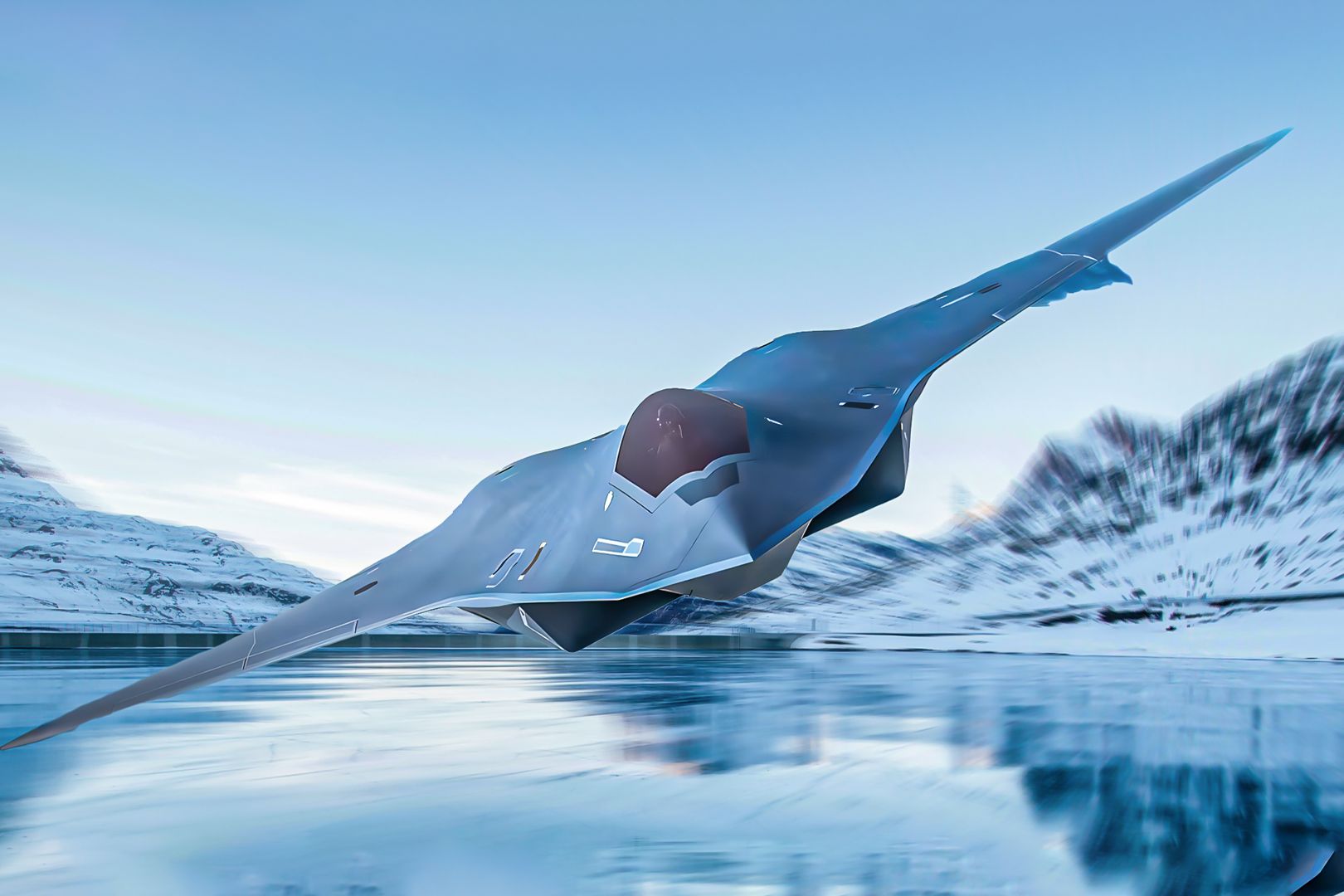As the 5G network continues to roll out around the world, industries are hard at work developing its intended successor - the 6G network. As always, look a little closer. There are the hallmarks of Great Power Competition as the US races against China to shape the next generation of wireless telecommunications.
Future systems like sixth-generation fighter jets and their advanced AI-driven drones will be extremely interconnected as will the battlefield in general. Future 6G network 6G networks are not expected to materialize until the 2030s, but the US is already at work influencing its development and what it will look like. While the 5G and other cellular networks may be seen as civilian, they are a matter of national security, and the DoD and United States Air Force take interest in them.

Defense News states, " Since transitioning most of its 5G research and development projects to the Chief Information Office last year, the Pentagon’s Future Generation Wireless Technology Office has shifted its focus to preparing the Defense Department for the next wave of network innovation. That work is increasingly important for the U.S.
, which is racing against China to shape the next iteration of wireless telecommunications, known as 6G ." The open radio access network (O-RAN) is a wireless device's first entry point into a network, accounting for around 80% of its cost. Breaking News notes that O-RAN has been historically dominated by companies like Huawei, Ericsson, Nokia, and Samsung due to a lack of insight and US regulation in the sector, and this poses challenges for the DoD.
A new airworthiness directive may be issued for CRJ jets that have not already been upgraded to have 5G-resistant radio altimeters. How 6G could benefit the Air Force Warfare is increasingly going digital. But not just digital in the sense of cyber warfare, but even kinetic systems like missiles, UAVs, and even manned aircraft are increasingly flying supercomputers.
These require massive amounts of data transfers - often in real time. The next generation of wireless technologies is expected to be more dependable, high-speed, and with a lower latency than today's systems. Learn more about how the 5G network impacts aviation.
The DoD's FutureG Office is responsible for the strategic assessment, research, and development of FutureG technologies " to confer long-term economic, military, and security advantages to the US and its allies ." The office works to develop and strengthen relationships with private industry, academia, and interagency partners to promote "common, commercial standards" for DoD operations, proliferates open and interoperable technologies, and advances critical next-generation wireless network capabilities. Defense News states the FutureG Office is also exploring how the military could use 6G for sensing and monitoring.
This includes using wireless signals to collect information about different environments, something that could be used to monitor drone networks and gather military intelligence. However, the fear is both ways. While it could boast the DoD's ISR systems, the new system could provide an opportunity for adversary countries to spy on the US.
.



















